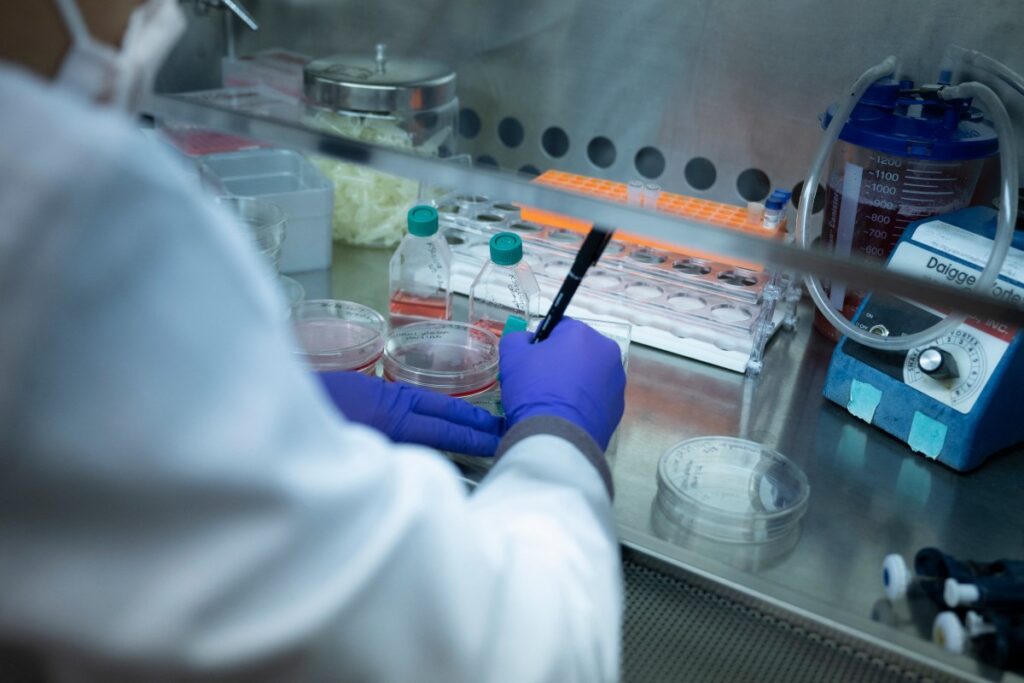Preclinical studies have shown that a newly developed polymeric prodrug when administered subcutaneously (SC), reduces the production of hemotoxic metabolites in the liver and the risk of hemolytic anemia, thereby potentially modifying the therapeutic index of Tafenoquine (TQ).
This makes it safe for use in individuals with glucose-6-phosphate dehydrogenase (G6PD) deficiency when treating malaria. Tafenoquine, sold under the brand name Krintafel among others, is a medication used to prevent and treat malaria.
Previous studies showed that TQ, an oral medication taken as a single dose for malaria treatment is not suitable for people with G6PD deficiency hence, new therapies are urgently required to combat the infection.
According to the report, tafenoquine can induce toxic oxidation in red blood cells, leading to severe hemolytic anemia, renal failure, and potentially death in cases of severe G6PD deficiency but at the same time, the oxidising metabolites that cause these effects are also what allow tafenoquine to kill malaria parasites.
The new study published in Scientific Advances reports that the prodrug is also engineered to boost transport through liver cells to achieve a radical cure with a single dose while minimising the production of hemotoxic metabolites in the liver and this development could represent significant advancement in mass eradication efforts of malaria.
They also reported that G6PD deficiency affects approximately 400 million people worldwide and given the uneven access to G6PD testing especially in low-resource areas that also suffer from high malaria prevalence, tafenoquine is unsuitable for many who need it.
Additionally, the experts reported that those with the deficiency serve as a reservoir for the Plasmodium vivax parasite, hindering efforts toward mass eradication.
According to research, approximately 3.3 billion people live with the threat of Plasmodium vivax malaria and with this posing a constant and often deadly threat to billions worldwide, this is made more difficult by the multiple stages of the parasite’s lifecycle.
While P. falciparum is the most lethal parasite, P. vivax causes the most cases because it has the largest habitat with its infection resulting in dormant liver-stage hypnozoites, which are not eradicated with standard malaria treatments, about 3,300 million people are thus at risk of P. vivax infection globally.
Experts predict that the situation will only worsen over the next few decades due to climate change in some regions resulting to the expansion of the parasites’ habitat.
P. vivax passes through a hypnozoite stage, in which the parasite becomes dormant within the liver cells and becomes invulnerable to standard malaria therapies at this stage; only two 8-aminoquinoline (8-AQ) drugs, primaquine and tafenoquine (TQ), have been approved for cure (removing) P. vivax hypnozoites from all liver cells.
In a humanised mouse model of G6PD deficiency, the comparative studies of this prodrug proved more effective against Plasmodium berghei sporozoites than oral TQ and exhibited reduced hemolysis.
The lack of animal models that accurately mimic the effect of anti-hypnozoite drugs on Plasmodium vivax is a major hurdle in developing drugs for radical cures and currently, the only available primate model uses Plasmodium cynomolgi hypnozoites, and significant metabolic and pharmacologic differences exist between human and primate responses to TQ.
Therefore, preclinical studies utilised primary nonhuman primate hepatocytes with P. cynomolgi hypnozoites to evaluate the prodrug by modifying the blood-stable linker in the prodrug, and the stability of the prodrug increased fourfold on SC administration.











